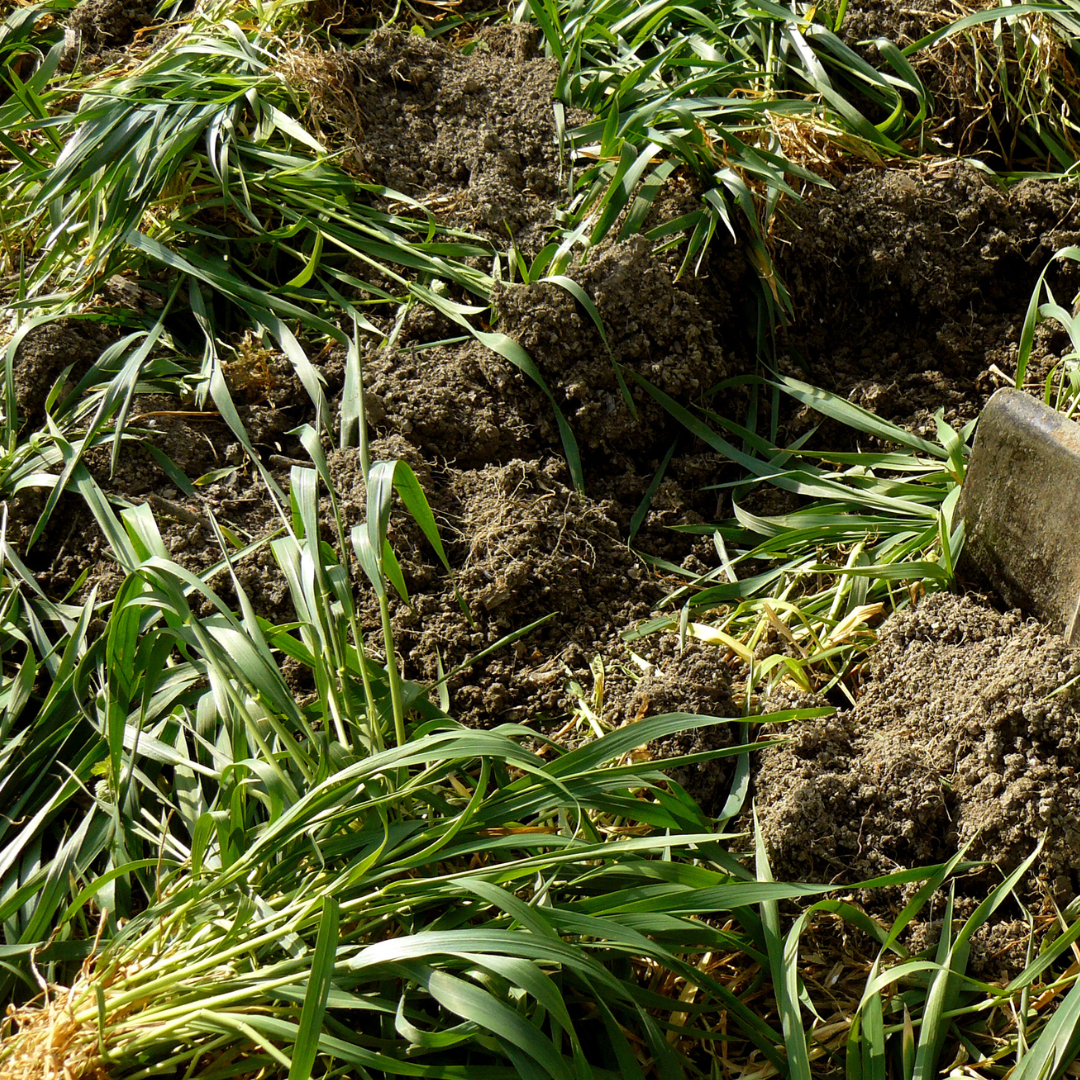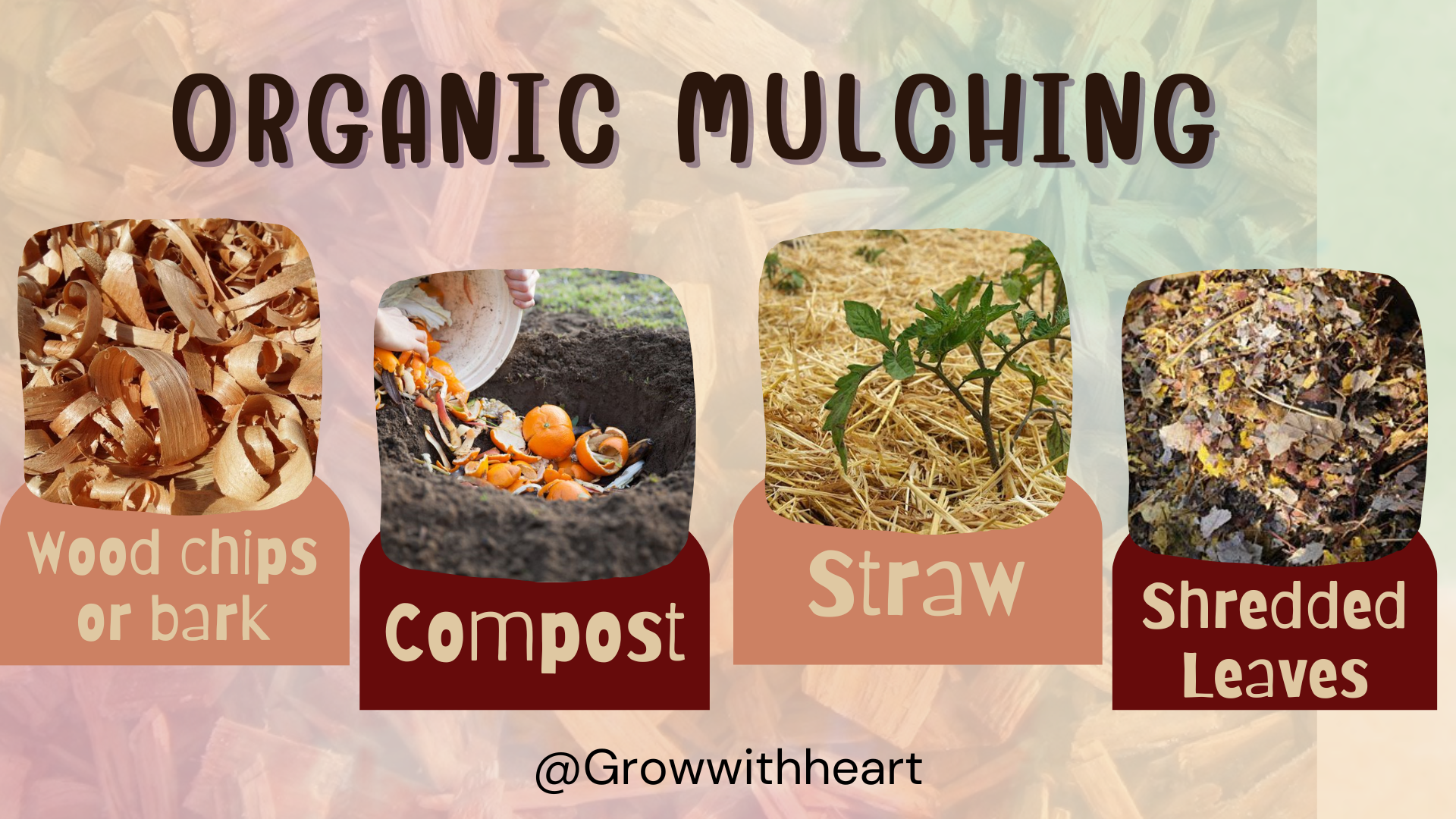Improving soil structure is crucial for healthy plant growth. Good soil structure allows for proper water drainage, root development, and nutrient absorption.
One of the most effective ways to enhance is by using organic amendments. These natural materials not only improve the physical properties of the soil but also boost its fertility, leading to healthier plants and higher yields.
In this article, we’ll explore how organic amendments can improve structure and provide tips on how to use them effectively.
Table of Contents
ToggleWhat is Soil Structure?
It refers to how soil particles—sand, silt, and clay—are arranged into aggregates or clusters. These aggregates create spaces, or pores, between them, which are essential for holding air and water in the soil.
Good soil structure ensures that these pores are well-balanced, providing an ideal environment for roots to grow and microorganisms to thrive.
When its is poor, the soil can become compacted, making it difficult for roots to penetrate and for water to drain properly.
This leads to poor plant growth and reduced yields. Fortunately, organic amendments can help improve, making it more conducive to healthy plant growth.
Types of Organic Amendments
Several types of organic amendments can be used to improve soil structure. Some of the most common ones include:
- Compost: Made from decomposed organic matter, compost is rich in nutrients and beneficial microorganisms. It helps bind soil particles together, improving soil structure and increasing its ability to retain moisture.
- Manure: Animal manure is another excellent organic amendment. It adds organic matter to the soil, improving its texture and fertility. However, it’s important to compost manure before applying it to the soil to avoid potential pathogens.
- Cover Crops: Growing cover crops, such as clover or legumes, can help improve soil structure. These plants protect the soil from erosion, add organic matter when they decompose, and their roots help create channels in the soil, improving its porosity.
- Mulch: Organic mulches, like straw or wood chips, help retain moisture in the soil and add organic matter as they break down. This can improve soil structure over time.
How Organic Amendments Improve Soil Structure
Organic amendments improve soil structure by increasing the amount of organic matter in the soil. Organic matter acts like a glue, holding soil particles together and forming aggregates. These aggregates create a crumbly soil structure that is ideal for plant growth.
Here’s how organic amendments specifically benefit soil structure:
- Enhancing Soil Aggregation: The organic matter in compost, manure, and other amendments binds soil particles into aggregates, improving the soil’s ability to hold water and air. This leads to better root development and stronger plants.
Benefits of Organic Amendments
Organic amendments are natural materials added to the soil to improve its structure and fertility. They include compost, manure, green manure, cover crops, leaf mold, and wood chips. These amendments offer numerous benefits:
- Improved Soil Aeration: Organic matter helps create larger pore spaces in the soil, which improves air circulation. This is essential for root respiration and the activity of beneficial soil organisms.
- Enhanced Water Retention: Organic amendments increase the soil’s ability to retain moisture. This is particularly beneficial in sandy soils, which tend to drain too quickly.
- Better Nutrient Availability: As organic materials decompose, they release nutrients slowly, providing a steady supply of essential minerals for plants.
- Increased Microbial Activity: Organic matter supports a diverse community of microorganisms that play a vital role in nutrient cycling and disease suppression.
Types of Organic Amendments
1. Compost
Compost is one of the best organic amendments for improvement. It’s made from decomposed plant and animal materials and is rich in organic matter.

Compost improves by binding soil particles together into stable aggregates. It also adds essential nutrients and helps retain moisture in the soil.
2. Manure
Well-aged manure from animals like cows is another excellent organic amendment. It adds organic matter and nutrients to the soil, improving its structure and fertility.

3. Cover Crops and Green Manure
Cover crops, such as clover or rye, are grown specifically to be turned into the soil to improve its structure.

When these plants are tilled into the soil, they add organic matter and nutrients, helping to break up compacted soil and enhance its fertility.
4. Leaf Mold
Leaf mold is decomposed leaves, and it’s an excellent amendment for improving soil structure. It increases the soil’s ability to retain moisture and provides a habitat for beneficial soil organisms.
5. Wood Chips and Mulch
Wood chips and other organic mulches not only improve soil structure by adding organic matter as they decompose but also help prevent soil erosion and retain moisture.

Tips for Using Organic Amendments
- Test Your Soil: Before adding any amendments, it’s essential to test your soil. This will help you understand its current structure and nutrient content, allowing you to choose the right organic amendment.
- Avoid Over-Application: While organic amendments are beneficial, too much can lead to nutrient imbalances or soil acidity. Always follow recommended application rates.
- Rotate Amendments: Using different types of organic amendments over time can improve soil structure and fertility more effectively than relying on just one type.
Conclusion
Improving the structure of soil with organic amendments is a sustainable and effective way to promote healthy plant growth.
By adding materials like compost, manure, cover crops, leaf mold, and wood chips, you can enhance the physical properties of your soil, improve water retention, and provide essential nutrients for your plants.
Remember to test your soil, apply amendments correctly, and rotate them to maintain a balanced and healthy soil structure.

Pingback: How to Improve Soil Fertility with Green Manure
Pingback: How to choose the right crops for the climate?
Pingback: How to Implement No-Till Farming for Better Soil Health
Pingback: Companion Planting for Natural Pest Control -